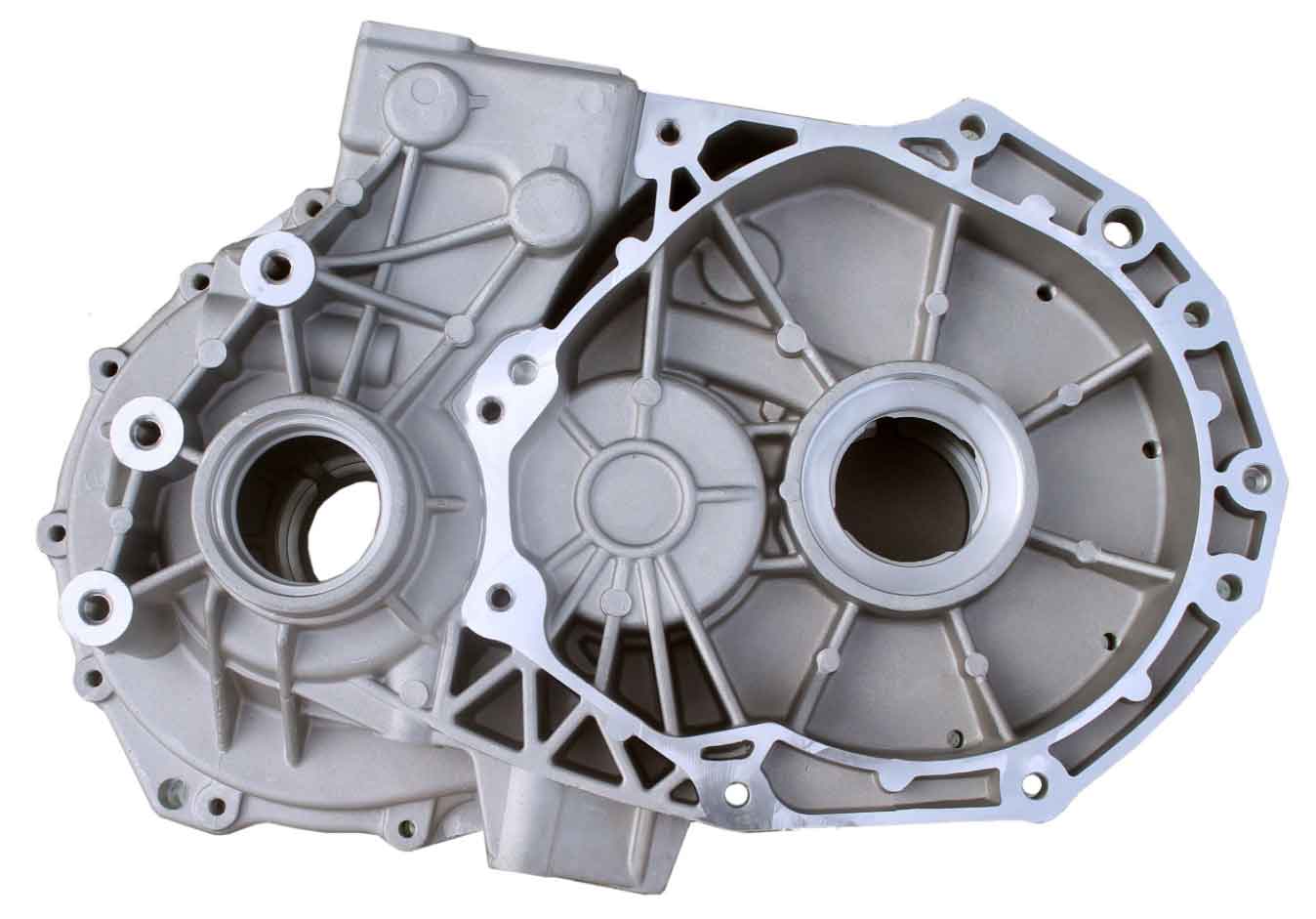Lost foam casting has seen a number of advancements over the years that have enhanced both the quality of the castings produced and the cost-effectiveness of the process. These advancements not only make the process more efficient but also open up new opportunities for the types of components that can be produced using lost foam casting.

- Advanced Foam Pattern Production: Innovations in foam pattern production, such as automated injection molding and computer numerical control (CNC) machining, have led to the creation of foam patterns that are more precise and intricate. This allows for the casting of components with complex geometries and high dimensional accuracy.
- Improved Coating Materials and Techniques: Advances in refractory coating materials and application techniques have improved the surface finish of lost foam castings and increased their dimensional accuracy. New coating materials have been developed that provide better insulation, resulting in slower cooling rates and improved casting properties.
- Use of Simulation Software: The use of simulation software has greatly improved the efficiency and accuracy of lost foam casting. These programs can simulate the flow of molten metal and the vaporization of the foam pattern, allowing potential issues to be identified and addressed before actual casting. This leads to fewer defects, lower scrap rates, and higher overall quality.
- Vibration Technology: Innovations in vibration technology have improved the packing of the sand around the foam pattern, which is critical for successful casting. Better packing results in fewer defects and higher dimensional accuracy, while also reducing the need for subsequent machining and finishing operations.
- Emissions Control: Advances in emissions control technology have made it possible to capture and neutralize the gases produced when the foam pattern is vaporized. This not only reduces the environmental impact of lost foam casting, but it also improves the working conditions for operators.
- Robotics and Automation: The integration of robotics and automation into lost foam casting has increased productivity, reduced labor costs, and improved the consistency and quality of the castings produced. Automated systems can handle tasks such as foam pattern production, coating application, mold assembly, and casting removal, among others.
These innovations demonstrate the ongoing potential of lost foam casting to produce high-quality castings in a cost-effective manner, while also reducing its environmental footprint. As research and development continue, we can expect further advancements in this exciting field.
